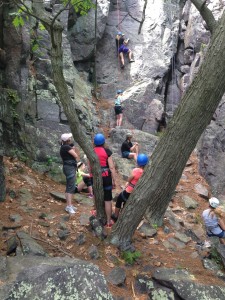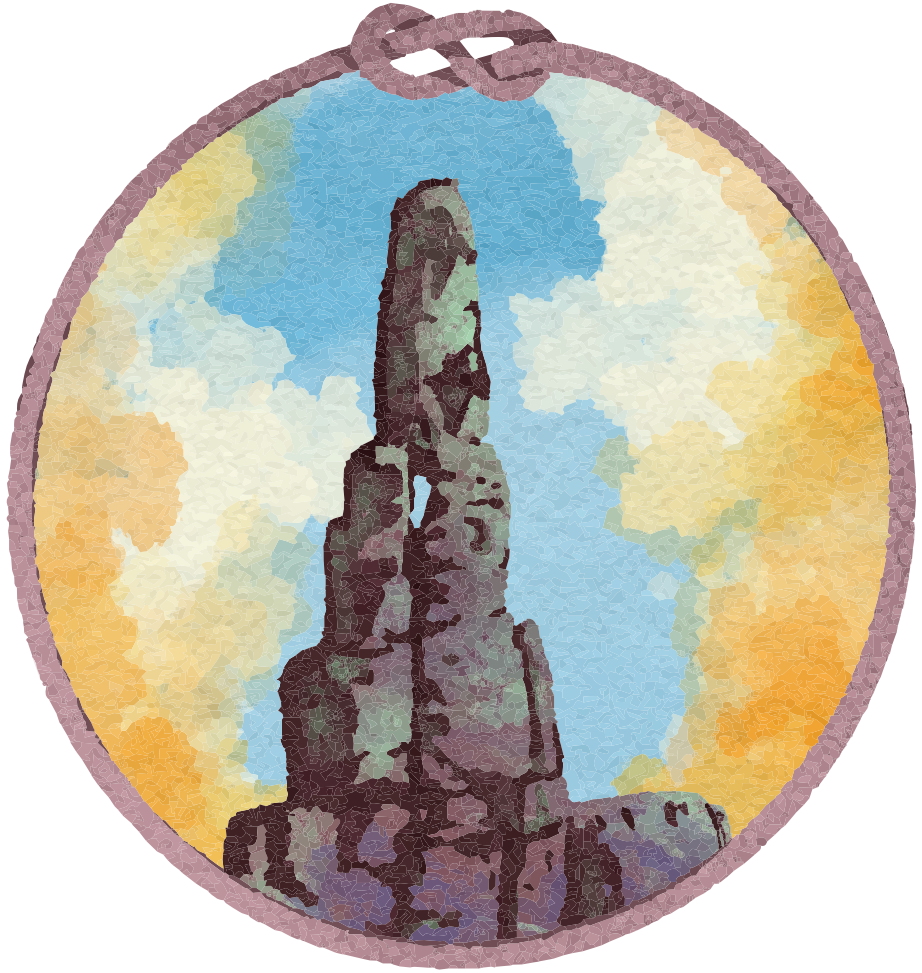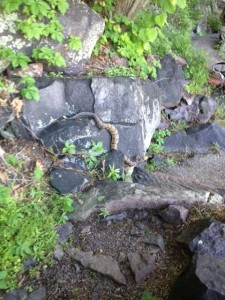 We often see climbers at Devil’s Lake State Park from out of town. We love visiting with them and finding out more about where they are from, their local crag, and what brings them to our home crag.We also commonly exchange information on the area, including rock climbing etiquette.
We often see climbers at Devil’s Lake State Park from out of town. We love visiting with them and finding out more about where they are from, their local crag, and what brings them to our home crag.We also commonly exchange information on the area, including rock climbing etiquette.
Devil’s Lake State Park has over 2,000 top rope and traditional (trad) routes and over 2,000 Boulder problems. The area is unique because there are no bolts for sport climbing. These circumstances make Devil’s Lake have some interesting and unique sets of etiquette. Apex Adventure Alliance adheres to the best climbing etiquette as possible. We work hard to positively impact the climbing areas as little as possible. We hope that you can too!
Don’t reserve a climbing or bouldering spot. Be willing to be flexible. Sleeping at a location to reserve it is not the best way to make friends.
Keep your group together. If you have a larger group, pick climbs that are near each other. It is more fun to rock climb and socialize together.
Set up top ropes properly. Don’t cross hiking paths. Have a good understanding of anchor setting or get more training. Your safety is worth it!
Don’t Hog. Sharing is fun. Sharing ropes at Devil’s Lake is common etiquette. Just make sure you check what is up top!
Yield to lead climbers, remember there are non-climbers that enjoy the park too.


 Bright and early last Thursday morning, four seasoned Apex guides were hiking up the CCC trail to set up a climbing site for a group of enthusiastic seventh graders from Roscoe Middle School. Low and behold… a three and a half foot timber rattler on the trail! The first guide and I stepped right over the snake without noticing it. Our group was split – with the two of us on one side and the others on the other side.
Bright and early last Thursday morning, four seasoned Apex guides were hiking up the CCC trail to set up a climbing site for a group of enthusiastic seventh graders from Roscoe Middle School. Low and behold… a three and a half foot timber rattler on the trail! The first guide and I stepped right over the snake without noticing it. Our group was split – with the two of us on one side and the others on the other side.
